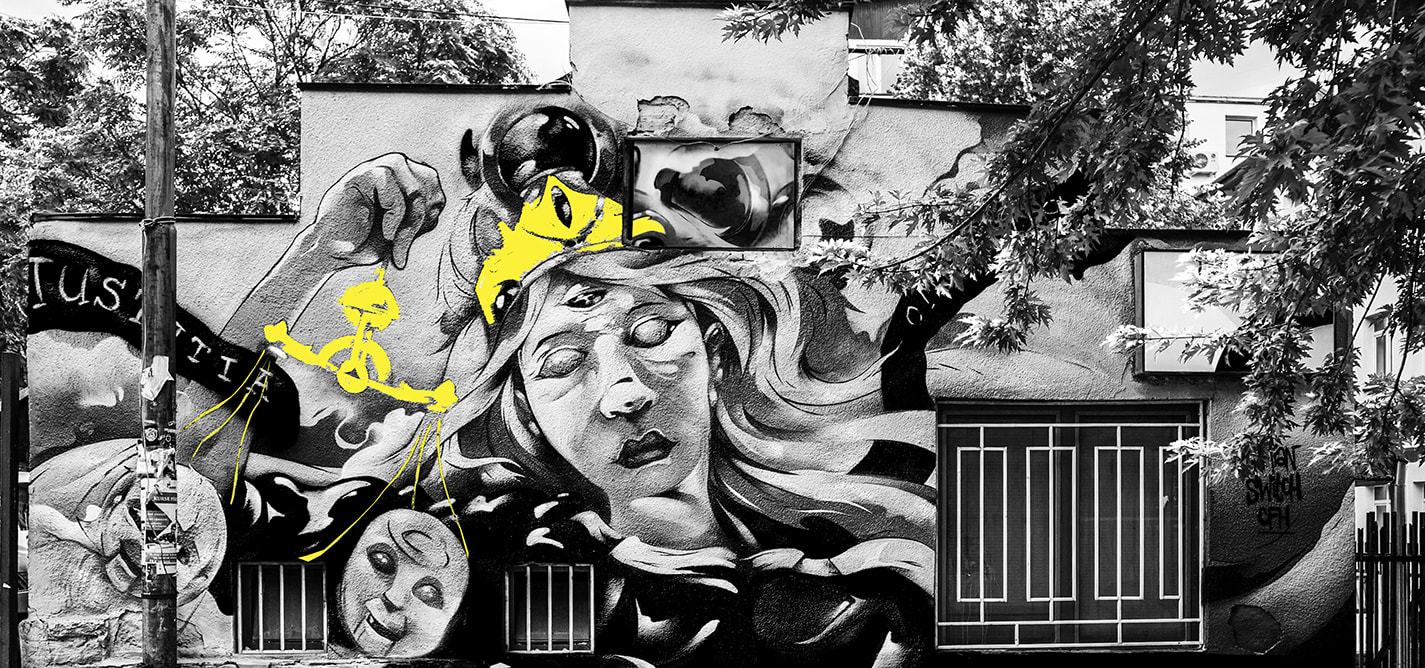
Reparations as a means of dealing with the past is necessary — and complex
In order to address needs, ‘reparations’ for wartime harm should first be understood.
|11.12.2017
|
So reparations as such are to be seen as a part of the restorative justice approach.
Very often, reparations are only broadly spoken about as an entity that include apologies and monetary compensation. But the distinction provided between different forms of reparations is crucial.
It is crucial to understand that the issue of dealing with the past should be approached in a systematic way, step by step.

Furtuna Sheremeti
Furtuna Sheremeti is a law graduate from the University of Prishtina. She holds an MSc in Criminology and Criminal Justice from the University of Oxford and is currently doing her doctorate at KU Leuven in Belgium on state crimes and state harms.
DISCLAIMERThe views of the writer do not necessarily reflect the views of Kosovo 2.0.
This story was originally written in English.